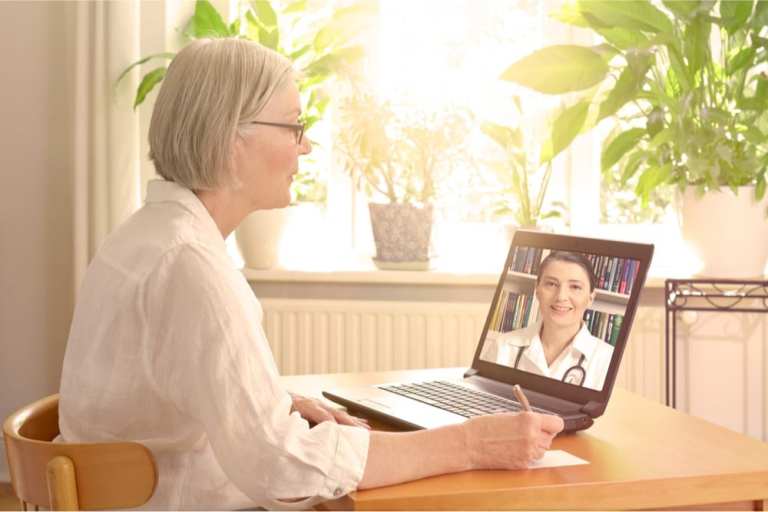Trump Plans Telehealth Law To Improve Access To Digital Medical Care

U.S. President Donald Trump is expected to sign a new executive order improving telehealth and general care for rural areas that don’t have as much access, Politico reported.
In the more rural areas of the country, hospitals have been struggling to keep up with the lagging economic conditions of the pandemic.
The order, according to anonymous sources quoted by Politico, will have to do with boosting financing for rural hospitals and extending telehealth policies that helped digital doctor visits expand as the pandemic forced many industries to shift to digital earlier this year.
The reforming of telehealth will include provisions to make sure that telehealth’s expansion will not stop once the pandemic is over. That will entail making permanent Medicare payment of the technology for certain providers, Politico reported, although Congress would have to pass a law for more comprehensive changes.
Telehealth has seen a boom amid the pandemic, with online visits growing from just a couple thousand per week to millions, according to Politico.
PYMNTS reported that telehealth could have a strong lifeline after the pandemic, with the number of patient visits to NYU Langone rising 4,345 percent for non-urgent care between March 2 and April 14, a study said. Urgent care requests for the same time rose 683 percent.
The massive increase came as doctors’ offices had to close amid pandemic-related shutdowns and people stayed out of public spaces whenever possible to avoid infection. Murray Brozinsky, CEO of virtual care platform Conversa Health, told PYMNTS the shift was a long time coming, with the pandemic just the catalyst.
Brozinsky said the shift was partially due to people not wanting to wait in crowded rooms for long periods even when there isn’t a pandemic, and the idea of keeping contagious people away from public spaces had appeal.
Other officials told PYMNTS that digital visits could actually lead to better care plans, with less focus on office visits and more on technological solutions like reminders to take medications, or easier ways for doctors to follow up with patients.